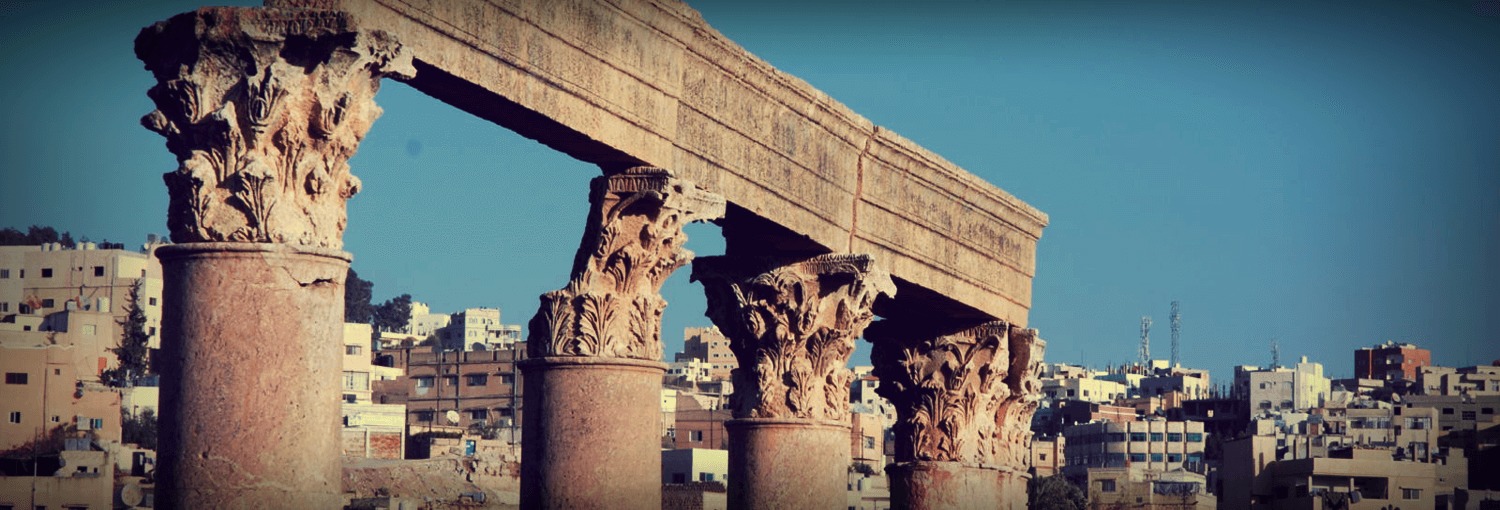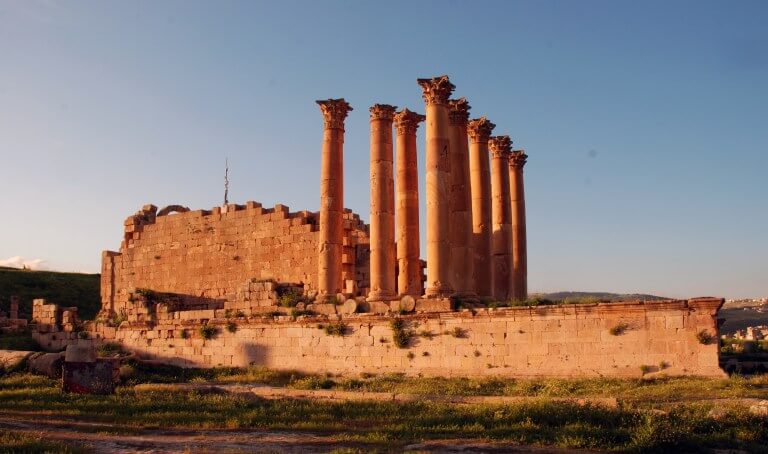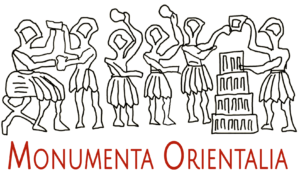
TEMPLE OF ARTEMIS 2018-2020
Current Conservation Project & Goals
The Sanctuary of Artemis is a valuable tourist attraction in a country whose greatest resource may well be its cultural heritage.
Damage to the masonry from various causes, including vegetation, stagnant rainwater and rapid temperature range, has been recorded over the last fifty years. Static problems with the western wall of the cella and the vaults of the podium bearing the floor of the temple, together with alarming chipping of the limestone standing walls, need urgent, though mainly precautionary, intervention to stabilize the monument.
The public, especially the local communities living on and around the site, should be able to grasp this monument’s historical (and economical) significance otherwise its long-term conservation cannot be guaranteed. In order to sharpen public perception of the site to the extent needed, conservation will be accompanied by a strategic social project to present identified key themes.
The job of communicating historical themes to the general public goes hand in hand with involvement of the local communities in the management of their cultural heritage. The all too well-known regional strife in the last two decades has caused the population of the modern town to swell exponentially with people who have no cultural roots here. Their lack of knowledge about the significance of the local heritage, and consequent indifference to its well-being, is the most pressing threat to the site.
In other words, the temple needs both physical interventions for its continued stability and a program of public awareness to protect and enhance its position as a focal point for the city of Jerash.

The conservation program will be carried out through these activities:
– Assessment and documentation of the actual conservation state: 3D survey of the monument (podium, cella and columns) and static study of the critical situations in the western side of the cella and in the vaults of the podium. Sampling and lab analyses of the different materials of the monument.
– Elaboration of a conservation strategy for the first-aid interventions and the mitigation of the decay of the limestone (cracking, chipping, collapsing), together with the structural interventions and the long term maintenance.
– Training program for emergency and the routine conservative interventions. Creation and training of a team of stone conservators (architects, conservators, specialized workmen) who will start the work in the inner southern wall and external western wall of the cella and will continue beyond the end of the project to stabilize the conditions of the monument.
– Presentation strategy: design and presentation, within the premises of the sanctuary, of the results of the archaeological research and conservation interventions through comprehensible narratives addressed to the widest range of public.
Our goals for the end of this project are that the Temple of Artemis is rescued from the most critical static threats, that a local Jordanian team of trained conservators will be organized to permanently work on the site, that the monument will present the many narratives of its unique story and that these narratives will reach international visitors as well as the local community.
The project started in September 2018 and is financed by the Small Grant ($200.000) of the Ambassador Fund for Cultural Preservation.


Countries
